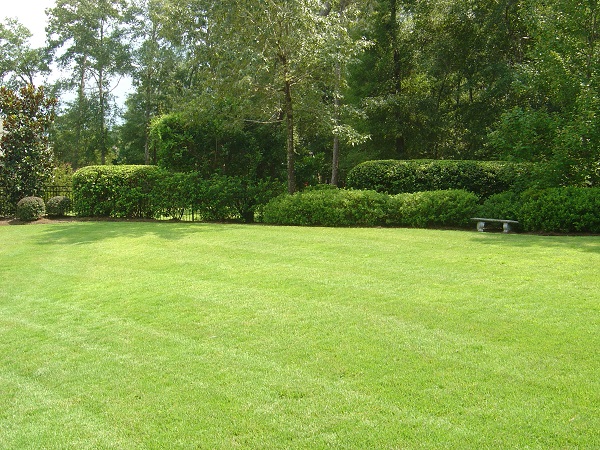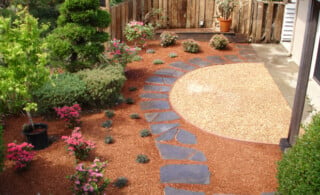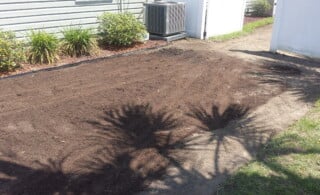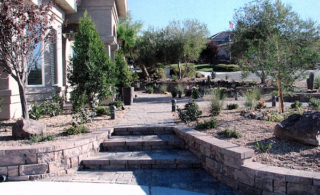To grow a lush and vibrant lawn, it is important to understand the unique composition of your soil. There are six different soil types: clay, sandy, silty, peaty, chalky and loamy. Each type retains and distributes moisture and nutrients differently, which can have drastic effects on your lawn. If you already know the soil type of your lawn is clay or sandy, then consider the following grass varieties.
- Bermuda Grass: Known as being the top choice for the lush greens of many golf courses. Varieties can do well in warm and cold climates with sandy and clay type soils.
- Tall Fescue: Tall Fescue varieties are cooler season grasses. They can be grown as longer coarser style grasses and also more neat turf style grass.
- Zoysia Grass: A hearty warm season grass cultivar, Zoysia thrives in dry sandy conditions. It is hearty and reliable in these conditions and will do best in full sun locations.
On this Page
Best Grass for Clay and Sandy Soil
As the top choice on many golf courses and public parks, Bermuda grass is an excellent choice for both clay and sandy soil. In fact, many consider it the best grass for clay and sandy soil. This species will not tolerate cold climates, but some new varieties do well even in a cooler location.
Bermuda grass is so versatile because it has very long root systems and specially developed rhizomes. This is a great choice to get a thick blanketed carpet of green.
Best Grass for Clay
Tall Fescue is a resilient grass that will do best in clay soil. There are many varieties which can do well in full sun, and partial shade conditions. It has longer roots than almost any other cool season grass, making it the best choice of this type for clay soils.
Get Quotes From Local Sod Installers
Return to Top
Best Grass for Sandy Soil
Many believe Zoysia, a grass cultivar developed by the U.S. Department of Agriculture, to be one of the best varieties for growing grass in a sandy soil. One advantage is that even when dormant, its leaves are a lovely golden brown color.
Because Zoysia has such long roots, it does very well in loosely packed and porous sandy conditions. This is one of the first grasses to spring back to life and one of the last to fade away at the end of the season.
What to Know About Growing Grass in Clay and Sandy Soil
Knowing the soil composition your property is very important for choosing the best grass seed to use. If you live in an area with clay or sandy soil, there are some important things to keep in mind.
Different grasses have different levels of ability to live in warm or cold climates, in periods of drought, shade and other environmental conditions. Clay soil, while typically loaded with rich nutrient content, holds more water than other soils. This means only grasses with long enough root structures and the correct rhizomes can thrive in sandy and clay soil conditions.
Sandy soil poses other unique problems. Sand is an excellent medium for growing fruit-bearing trees but does less well with many types of grass. Sand creates air pockets which reduce the nutrient content found in other types of soil. Drainage forces water to seep away from root systems. Though it can be a challenge, there are still great grass varieties to grow in sandy soil.
Talk to Local Sod Pros
 Dry Well Cleaning & Maintenance Tips
Dry Well Cleaning & Maintenance Tips  Soil Engineers & Testing
Soil Engineers & Testing  Xeriscaping: Environmentally Wise Landscaping
Xeriscaping: Environmentally Wise Landscaping  Mature Tree Care and Tree Removal
Mature Tree Care and Tree Removal  Landscape Your Yard with Raised Bed Gardening
Landscape Your Yard with Raised Bed Gardening 

Are You Familiar With This Topic? Share Your Experience.